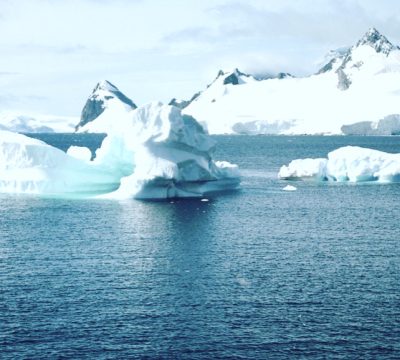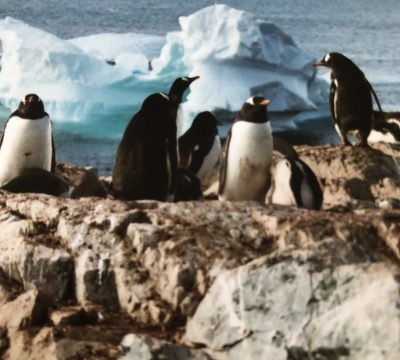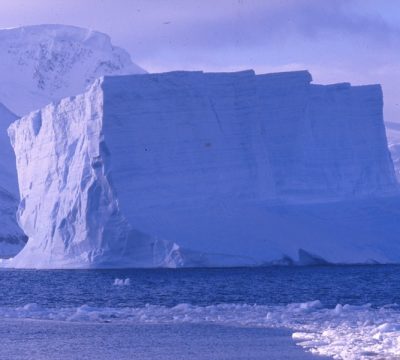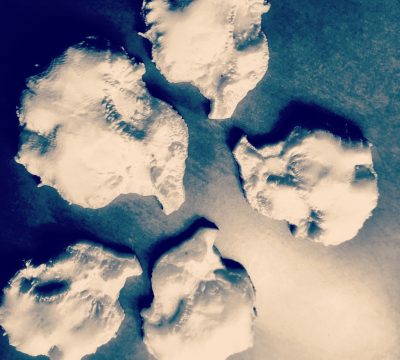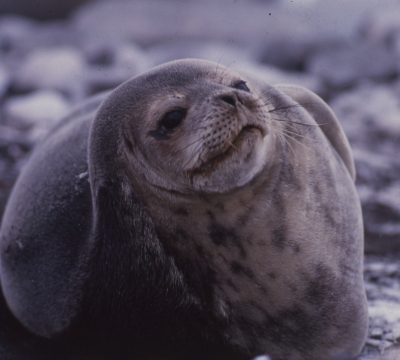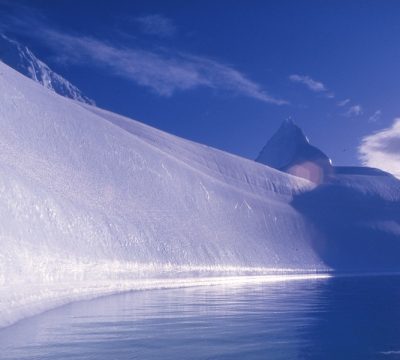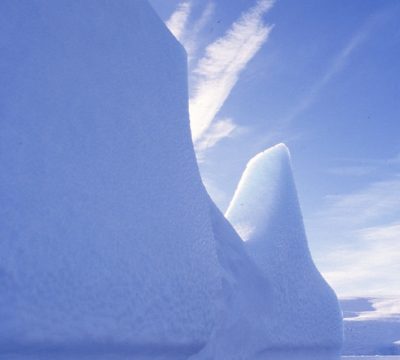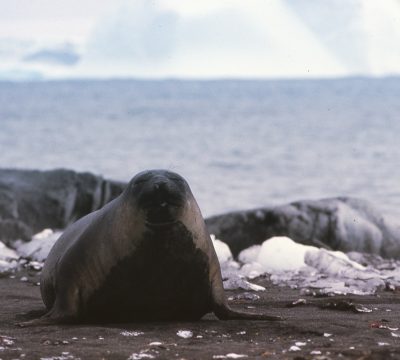Antarctica
Coldest, windiest, and driest of Earth’s continents
Antarctica is generally a calm and methodical place for humans. I mean that with love and affection. There’s a lot of time to read, think, write, and of course working to keep everyone alive. Then there are the days when it’s not boring at all, when things are rough and cold and there’s a lot of work to do to stay safe. There’s isn’t a lot in between. What I recall was how hard it was to adjust to being in a city when we got off The Ice. We flew to Buenos Aires and everyone wanted to go out for a big celebratory dinner. Then we all were seated in some fading, once-fancy place in a hotel (this was a time when Argentina was struggling) and were handed these huge tattered leather menus and we all just looked at each other: What do we do now? We had been isolated for months, with just each other. It was very very strange. Unforgettable. Came in handy during the pandemic.
The Baltimore Sun, 03/1988
Greenpeace Project
When Keith Swenson, 36, of Ketchum, Idaho, began planning 18 months in Antarctica, he worried a lot about selecting the three people who would be with him.
Not only would these people have to be compatible but they would have to withstand the physical and psychological strains of life on the coldest and most isolated continent.
Together the four will run Greenpeace’s World Park Base, a station that the environmental group set up in 1987 to monitor Antarctica. Greenpeace is campaigning to ban all prospecting, exploration, and development of minerals in the area south of 60 degrees south latitude, the territory governed by the Antarctic Treaty.
At the station, research is conducted in the pristine, Antarctic environment and on the scientists themselves.
One of the Greenpeace-sponsored projects is a continuing study of the Antarctic Wintering Syndrome.
FAQ
My first two trips there was a reporter on a Greenpeace ship, when they had a base at Cape Evans, the Ross Sea.
Three or four, depending on how you count.
Spending uninterrupted days at Cape Royds: Shackleton’s hut. Few humans. Many penguins. Sitting on a rocky hillside and beach with Adeile penguins. After they become comfortable with you, the brave ones come and stand proximate. Then we all gazed together towards the horizon for a long spell. No doubt all of us having largely similar thoughts about life, oceans, and the entire earth and sky.
One morning, a couple humpbacks pulled up alongside our aging tug, getting a closer look at us. One had survived a harpoon attack and had the scar to show it. I’ll never forget leaning over the rail and looking into that ginormous eye, and how she held my gaze, and then raised her flipper to us all, in a very kind and loving way.
Discos were popular. Seriously. Every base we went to wanted to have a disco dance while we were there. Then there was the dance party at the Brazilian base. I take credit for introducing Run-DMC to the Antarctic Peninsula bases, by the way.
Photos
